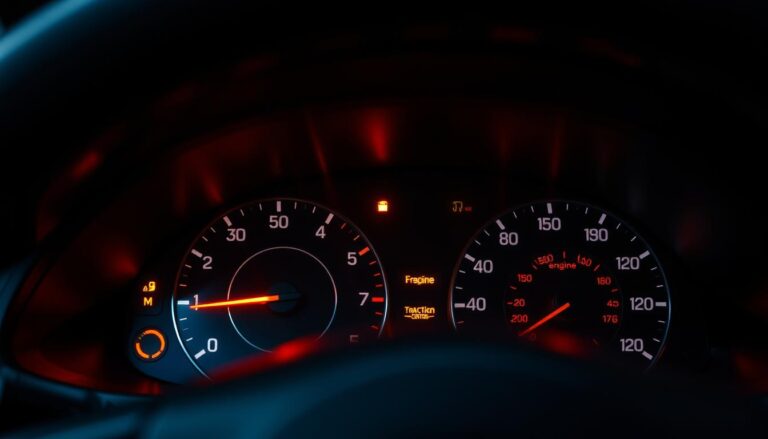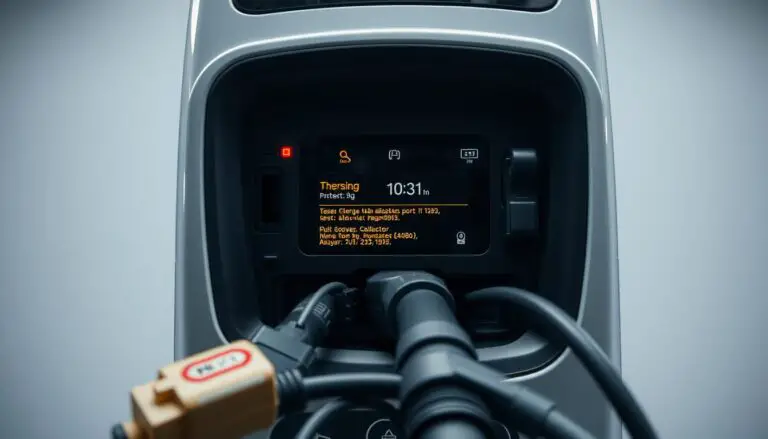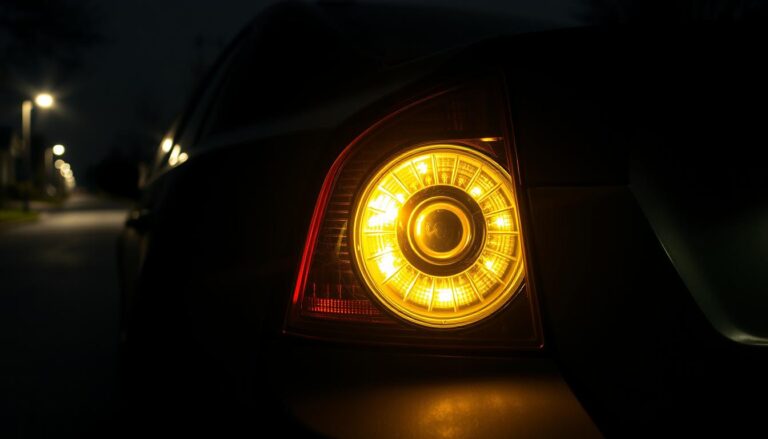Maintaining your Volvo vehicle’s Diesel Particulate Filter (DPF) is crucial for optimal performance and reducing emissions. Over time, the DPF accumulates soot, which can lead to decreased engine efficiency and potentially cause damage. Resetting the soot level is an essential process that helps ensure your vehicle runs smoothly.
This guide will walk you through the steps to reset the soot level on your Volvo, providing you with a clear understanding of the process. By following this guide, you’ll be able to maintain your vehicle’s health and avoid potential issues related to the DPF.
Key Takeaways
- Understand the importance of resetting the soot level on your Volvo vehicle.
- Learn the step-by-step process to reset the soot level.
- Discover how maintaining the DPF can improve engine performance.
- Find out how to avoid potential issues related to the DPF.
- Gain insights into the benefits of regular DPF maintenance.
Understanding Soot Levels in Volvo Vehicles
Maintaining optimal soot levels is crucial for the longevity and performance of Volvo diesel engines. Soot buildup is a natural byproduct of diesel combustion, but excessive levels can lead to decreased engine performance and potentially damage the engine.
What Causes Soot Buildup in Diesel Engines
Soot buildup in diesel engines, including those in Volvo vehicles, is primarily caused by incomplete fuel combustion. Factors contributing to this include inadequate fuel quality, poor engine maintenance, and driving conditions that don’t allow for proper engine warm-up. Regular maintenance and using high-quality fuel can help mitigate soot buildup.
How Volvo’s DPF System Works
Volvo’s Diesel Particulate Filter (DPF) system is designed to capture soot particles from the exhaust gases, reducing emissions. The DPF system works by trapping soot in the filter, which is then burned off during a process called DPF regeneration. This regeneration can be passive, occurring during normal driving conditions, or active, initiated by the engine control unit when soot levels are high.
Soot Level Monitoring in Different Volvo Models
Different Volvo models may have varying methods for monitoring soot levels, including dashboard warning lights and diagnostic tools. Modern Volvo vehicles often come equipped with advanced diagnostic systems that can alert drivers to high soot levels, prompting a regeneration cycle or maintenance.
Signs Your Volvo Needs a Soot Level Reset
Volvo vehicles are equipped with advanced systems to monitor soot levels, and when these levels become critical, specific signs are triggered. Understanding these signs is crucial for maintaining your vehicle’s performance and preventing potential damage.
Dashboard Warning Lights and Messages
One of the primary indicators that your Volvo needs a soot level reset is the illumination of specific dashboard warning lights or the display of related messages. These warnings are part of your vehicle’s onboard diagnostics system, designed to alert you to issues that require attention. For instance, a glowing DPF (Diesel Particulate Filter) warning light may signal that the soot level has reached a critical threshold, necessitating a reset after a regeneration cycle or maintenance.
Performance Issues Related to High Soot Levels
High soot levels can lead to noticeable performance issues in your Volvo. These may include reduced engine power, decreased fuel efficiency, or an increase in exhaust emissions. In some cases, the vehicle may enter a “limp mode” to prevent engine damage, significantly limiting its performance. If you observe any of these symptoms, it’s essential to check the soot level and perform a reset if necessary.
DPF Regeneration Cycle Failures
The DPF regeneration cycle is a critical process that burns off accumulated soot in the filter. Failure or frequent interruption of this cycle can lead to high soot levels, triggering the need for a reset. If your Volvo experiences repeated regeneration cycle failures, it may indicate a problem with the DPF system or other related components, requiring professional inspection and maintenance.
Tools and Equipment Needed to Reset Soot Level on Volvo
Resetting soot levels in Volvo vehicles requires specific diagnostic tools. The right equipment ensures that the process is done accurately and safely.
Professional Diagnostic Scanners
Professional diagnostic scanners are highly recommended for resetting soot levels on Volvo vehicles. These advanced tools, such as the Volvo Vocom II or TechTool, provide comprehensive diagnostics and allow for precise control over the DPF system. They are typically used by professional mechanics due to their complexity and cost.
Consumer-Grade OBD-II Tools
For those who prefer a more DIY approach, consumer-grade OBD-II tools are available. These tools, like the Autel MaxiScan MS509, can read and clear trouble codes, including those related to soot levels. However, their capability to reset soot levels may be limited compared to professional-grade scanners.
Software Requirements for Different Volvo Years
The software requirements for resetting soot levels can vary depending on the Volvo model’s year. Newer models may require more advanced software, while older models might be compatible with older versions. It’s essential to check the compatibility of your diagnostic tool with your Volvo’s model year.
| Volvo Model Year | Recommended Software |
|---|---|
| 2010-2014 | Volvo VADIS 2.3.0 |
| 2015-2019 | Volvo VADIS 3.0.0 |
| 2020 and newer | Volvo VADIS 3.5.0 or higher |
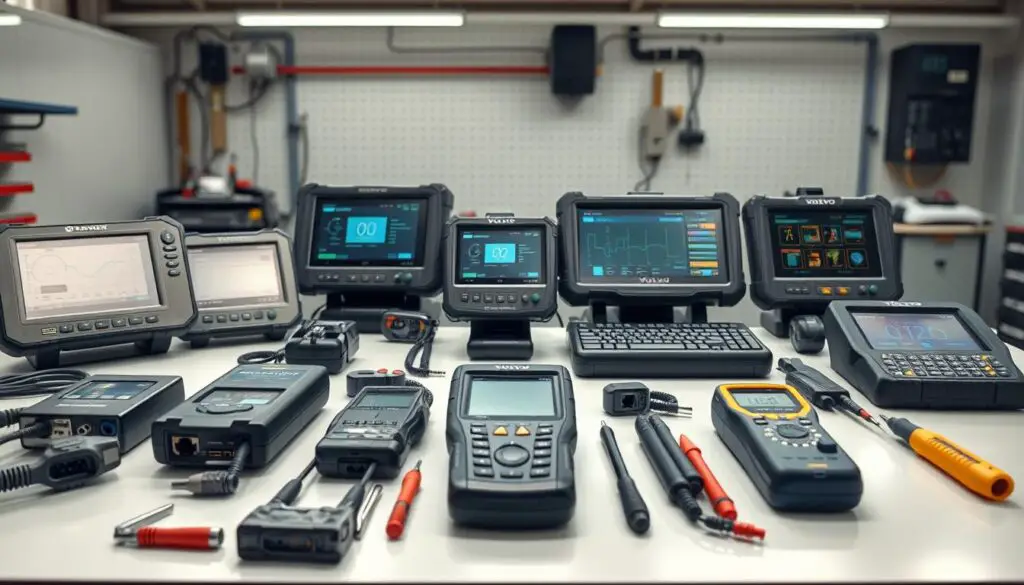
Step-by-Step Process to Reset Soot Level on Volvo
Resetting the soot level on your Volvo is a straightforward process when you have the right guidance. This process is crucial for maintaining your vehicle’s performance and ensuring the longevity of the diesel particulate filter (DPF) system. According to experts, “Regular maintenance of the DPF system is vital to prevent issues related to soot buildup.” Forced DPF regeneration is a related process that can be initiated using diagnostic tools.
Preparing Your Vehicle
Before starting the reset procedure, ensure your Volvo is properly prepared. This involves parking on a level surface, turning off the engine, and engaging the parking brake. It’s also recommended to check the vehicle’s manual for any specific instructions related to the DPF system.
Connecting the Diagnostic Tool
The next step involves connecting a diagnostic tool to your Volvo’s OBD-II port. This could be a professional-grade scanner or a consumer-grade OBD-II tool, depending on your needs and the model’s compatibility. Ensure the tool is compatible with your Volvo’s make and year to avoid any connection issues.
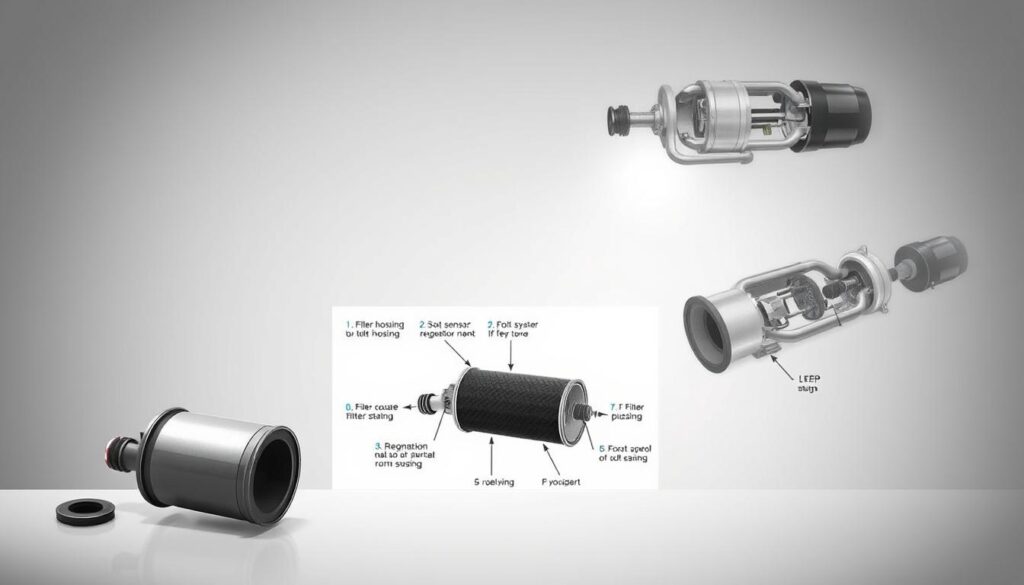
Navigating to the DPF/Soot Level Menu
Once connected, navigate through the diagnostic tool’s menu to find the DPF or soot level reset option. This may vary depending on the tool and your Volvo’s model. Typically, you’ll need to access the “Live Data” or “Service Functions” menu to proceed.
Performing the Reset Procedure
After locating the reset option, follow the on-screen instructions to initiate the Volvo DPF reset procedure. This process may involve confirming the action and waiting for the tool to communicate with your vehicle’s computer. It’s crucial to follow the prompts carefully to avoid any errors.
Verifying Successful Reset
Upon completing the reset, verify that the procedure was successful by checking the dashboard for any warning lights related to the DPF system. You can also use the diagnostic tool to check the soot level or any error codes. A successful reset should result in the soot level being reset to zero or a significantly reduced value.
By following these steps, you can effectively perform a reset soot level procedure on your Volvo, ensuring your vehicle continues to run efficiently and effectively.
Troubleshooting Common Issues During Reset
Resetting the soot level on a Volvo requires careful attention to potential problems, such as diagnostic tool malfunctions. Troubleshooting these issues is essential to ensure a successful reset.
Error Codes and Their Meanings
During the reset process, you may encounter error codes that indicate specific problems. Understanding these codes is crucial for effective troubleshooting. Common error codes related to the DPF system include:
| Error Code | Description | Action Required |
|---|---|---|
| P242F | DPF pressure sensor circuit high | Check sensor wiring and connections |
| P2002 | DPF efficiency below threshold | Perform a forced regeneration or inspect DPF for damage |
Connection Problems with Diagnostic Tools
Connection issues with diagnostic tools can hinder the reset process. Ensure that the tool is properly connected to the vehicle’s OBD-II port and that the vehicle’s ignition is turned on. If issues persist, try using a different diagnostic tool or cable.
When to Seek Professional Assistance
If you encounter persistent error codes or connection issues that you cannot resolve, it may be necessary to seek professional assistance. A certified mechanic or Volvo dealership can provide expert diagnosis and repair services.
By understanding common issues and their solutions, you can effectively troubleshoot problems during the soot level reset process on your Volvo.
Preventive Maintenance to Avoid High Soot Levels
To maintain your Volvo’s performance and avoid costly repairs, it’s crucial to understand how to prevent high soot levels. The Diesel Particulate Filter (DPF) is a critical component in reducing emissions, and its health directly impacts your vehicle’s overall performance.
Recommended Driving Habits for DPF Health
Driving habits play a significant role in maintaining DPF health. Regularly driving at high speeds on highways can help burn off soot accumulated in the DPF. It’s recommended to drive at speeds above 40 mph for at least 20 minutes every 300 miles to facilitate active regeneration. Additionally, avoiding short trips and frequent stop-and-go traffic can help reduce soot buildup.
Fuel Quality and Additives
Using high-quality fuel is essential for maintaining a clean engine and DPF. Look for diesel fuel that meets the ASTM D975 standard. Some fuel additives can also help reduce soot emissions and improve DPF regeneration. However, it’s crucial to choose additives that are compatible with your Volvo’s engine and DPF system. Always consult your owner’s manual or speak with a professional mechanic before using any fuel additives.
Regular Service Intervals and Inspections
Adhering to your Volvo’s recommended service schedule is vital for maintaining DPF health. Regular inspections can help identify potential issues before they become major problems. During routine maintenance, have your mechanic inspect the DPF system, check for any software updates, and perform any necessary cleaning or repairs.
By following these preventive maintenance strategies, you can help ensure your Volvo’s DPF system remains healthy, reducing the risk of high soot levels and associated performance issues.
Conclusion
Resetting the soot level on your Volvo is a crucial step in maintaining the health of your vehicle’s DPF system. As discussed, understanding soot levels, recognizing signs that a reset is needed, and using the right diagnostic tools are essential for the process.
By following the step-by-step guide provided, you can successfully reset the soot level and ensure your Volvo operates efficiently. Regular maintenance, including recommended driving habits and fuel quality, plays a significant role in preventing high soot levels and prolonging the life of your DPF system.
A well-maintained DPF system not only improves your vehicle’s performance but also reduces emissions, contributing to a cleaner environment. For a Volvo soot level reset conclusion, it’s clear that regular checks and resets are vital. This DPF maintenance summary highlights the importance of ongoing care for your vehicle’s DPF system.
FAQ
What is the purpose of resetting the soot level on my Volvo?
Resetting the soot level on your Volvo is necessary to maintain the health of your Diesel Particulate Filter (DPF) system, ensuring optimal engine performance and preventing potential damage.
How often should I reset the soot level on my Volvo?
The frequency of resetting the soot level depends on various factors, including driving habits, vehicle model, and maintenance schedule. Typically, it’s recommended to reset the soot level after a DPF regeneration cycle or as indicated by your vehicle’s onboard diagnostics.
Can I reset the soot level on my Volvo using a consumer-grade OBD-II tool?
While some consumer-grade OBD-II tools may support soot level reset, it’s crucial to ensure the tool is compatible with your Volvo model and follows the manufacturer’s instructions. Professional diagnostic scanners are often recommended for more accurate results.
What are the signs that my Volvo needs a soot level reset?
Signs that your Volvo needs a soot level reset include dashboard warning lights, decreased engine performance, and failed DPF regeneration cycles. If you notice any of these symptoms, it’s essential to consult your owner’s manual or seek professional assistance.
Will resetting the soot level on my Volvo improve fuel efficiency?
Resetting the soot level can help maintain optimal engine performance, which may lead to improved fuel efficiency. However, the primary purpose of resetting the soot level is to ensure the health of your DPF system.
Can I drive my Volvo with a high soot level?
Driving your Volvo with a high soot level is not recommended, as it can cause damage to the DPF system and potentially lead to costly repairs. It’s best to address the issue promptly by resetting the soot level or seeking professional assistance.
How do I know if my Volvo’s DPF system is clogged?
A clogged DPF system can be indicated by symptoms such as decreased engine performance, dashboard warning lights, and failed DPF regeneration cycles. If you suspect a clogged DPF, it’s recommended to consult a professional mechanic or a Volvo dealership for assistance.
What is the role of fuel quality in maintaining my Volvo’s DPF system?
Using high-quality fuel is essential for maintaining your Volvo’s DPF system. Poor fuel quality can lead to increased soot buildup, potentially causing damage to the DPF and other engine components.

